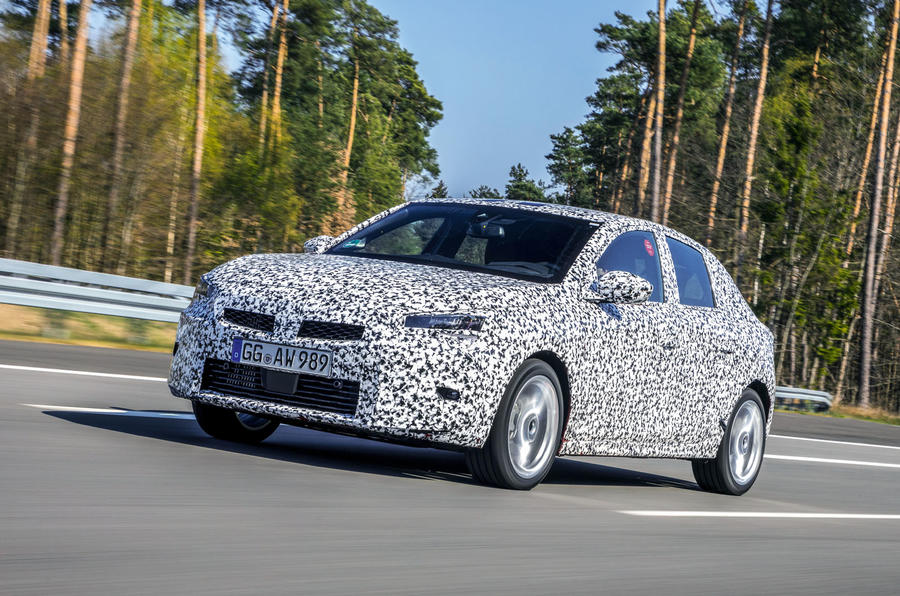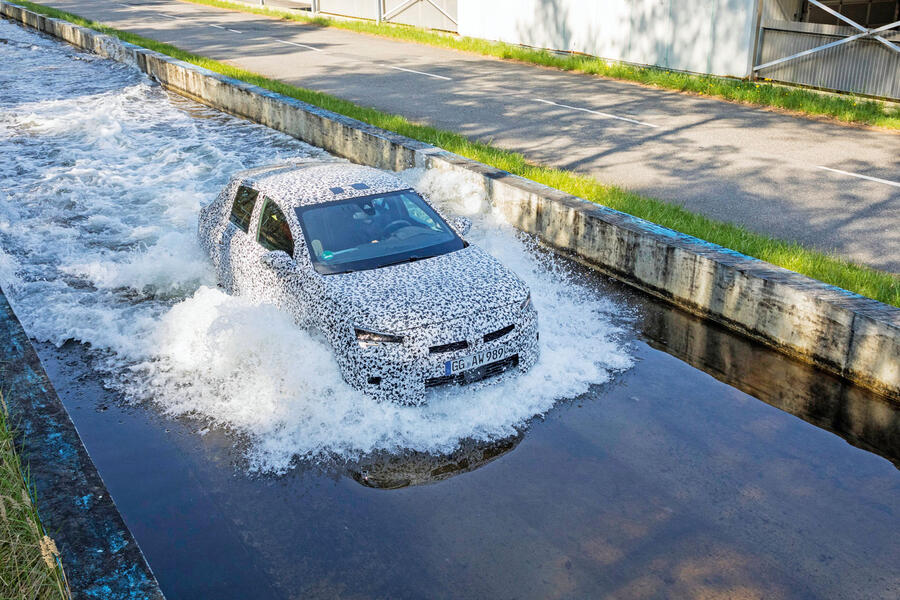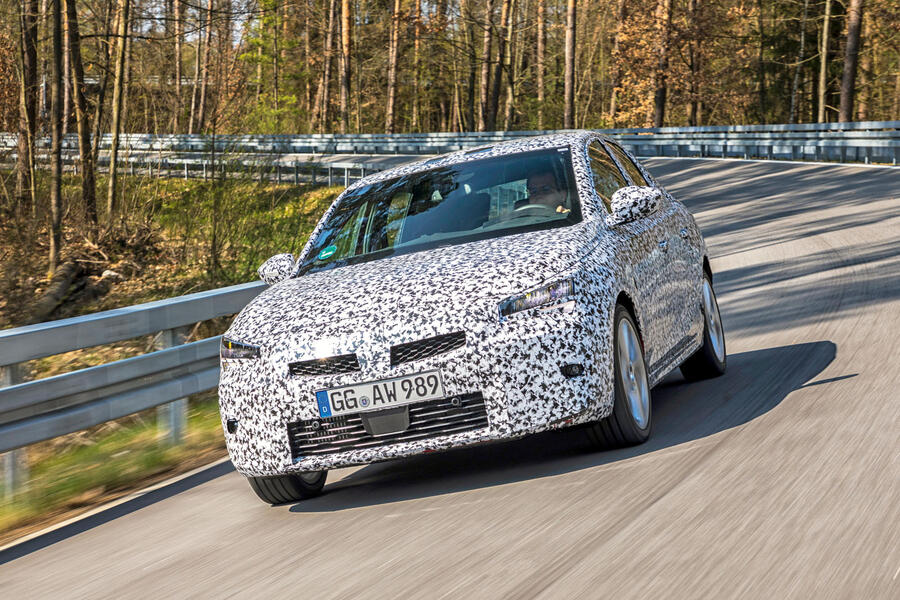Somewhere there’s a parallel universe in which the new Vauxhall Corsa is already on sale, based on General Motors hardware, and GM Europe’s engineers are getting some sleep.
It’s a universe where PSA – already owner of Peugeot, Citroën and DS – thinks GM is getting the best out of Opel and Vauxhall, its European brands, which return a profit once every decade and a half. And it’s a universe where GM Europe thinks that kind of return is fine, too.
In reality, though, in 2017, PSA thought Vauxhall and Opel could do better, so wanted to buy the two brands. GM clearly thought they couldn’t, so was happy to sell. Which gave PSA two options: finish developing the Corsa and pay GM a licence fee to continue using the hardware underneath it. Or chuck the whole lot out and start again from scratch. It chose the latter.
Two years on, then, here’s the new Corsa, still wearing its development togs, because its engineers are shoulders deep in a massively shortened development cycle, using PSA’s Compact Modular Platform (CMP) architecture as a basis.

The old Corsa was cancelled at the end of 2016 and work on this car started in earnest at the start of 2017 – before PSA’s takeover was announced but when the management knew it was coming.
The finished car will be in showrooms before the end of the year, which means it has been less than three years from conception to cars arriving in dealerships.
It’s the short timescale that has proved “the biggest challenge” in developing this new supermini, according to Jose Luis Perez-Freije, the Corsa’s programme engineering manager. There are no carry-over components between GM Corsa and PSA Corsa, although “there were similarities in wheelbase and height and hip point”, says Perez-Freije, “which was quite lucky”.
Opel was already chasing a longer wheelbase, lower roofline and lower driving position for the new car, so even the exterior design concept suited the proportions of the CMP platform, and have been mostly left intact. Even so, Perez-Freije admits that development cars are only as close to production ready as they are now by using “the most experienced people” at Opel’s Rüsselsheim HQ, where the car is being hurriedly engineered.

















































Join the debate
Add your comment
Rotary heating and
Rotary heating and ventilation controls, hoorah
You'd think...
...the fact that most people prefer a rotary steering controller would tell them something.
Bigger is better for manufacturers
Customers and motoring magazines generally respond favorably to more room and it makes it easier to justify price rises. And no doubt the "testing" doesn't involve parking or driving on narrow country roads.
At least the weight hasn't gone up!
So another small car that has
So another small car that has ballooned, then? So the Adam is the new (old) Corsa. Looking at the size of the parking spaces in GP surgeries, supermarkets and general car parks, manufacturers should be shrinking their cars, surely?
Or..
Have your groceries delivered and stop pestering the bloody doctor with your imaginary ailments.